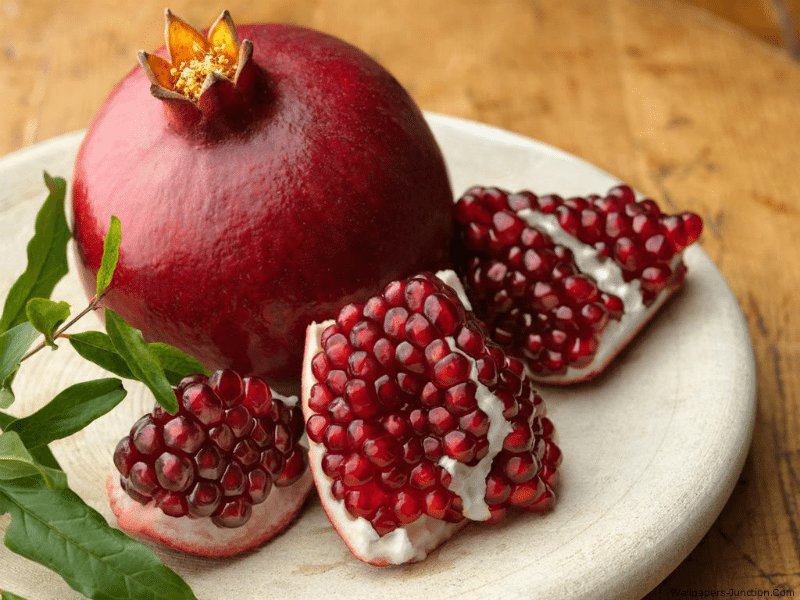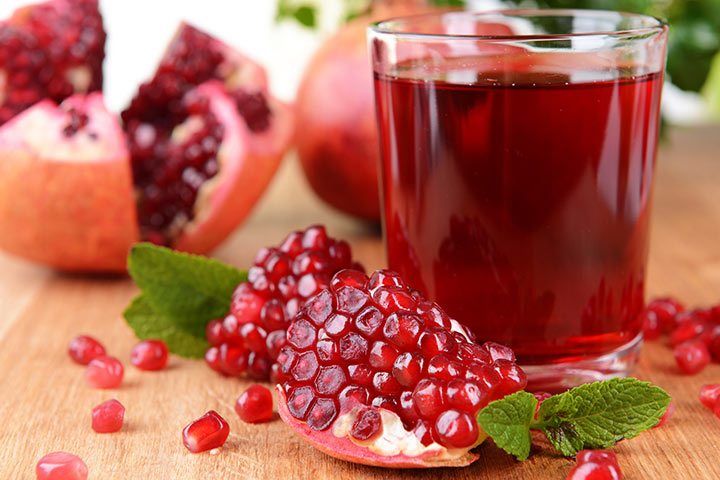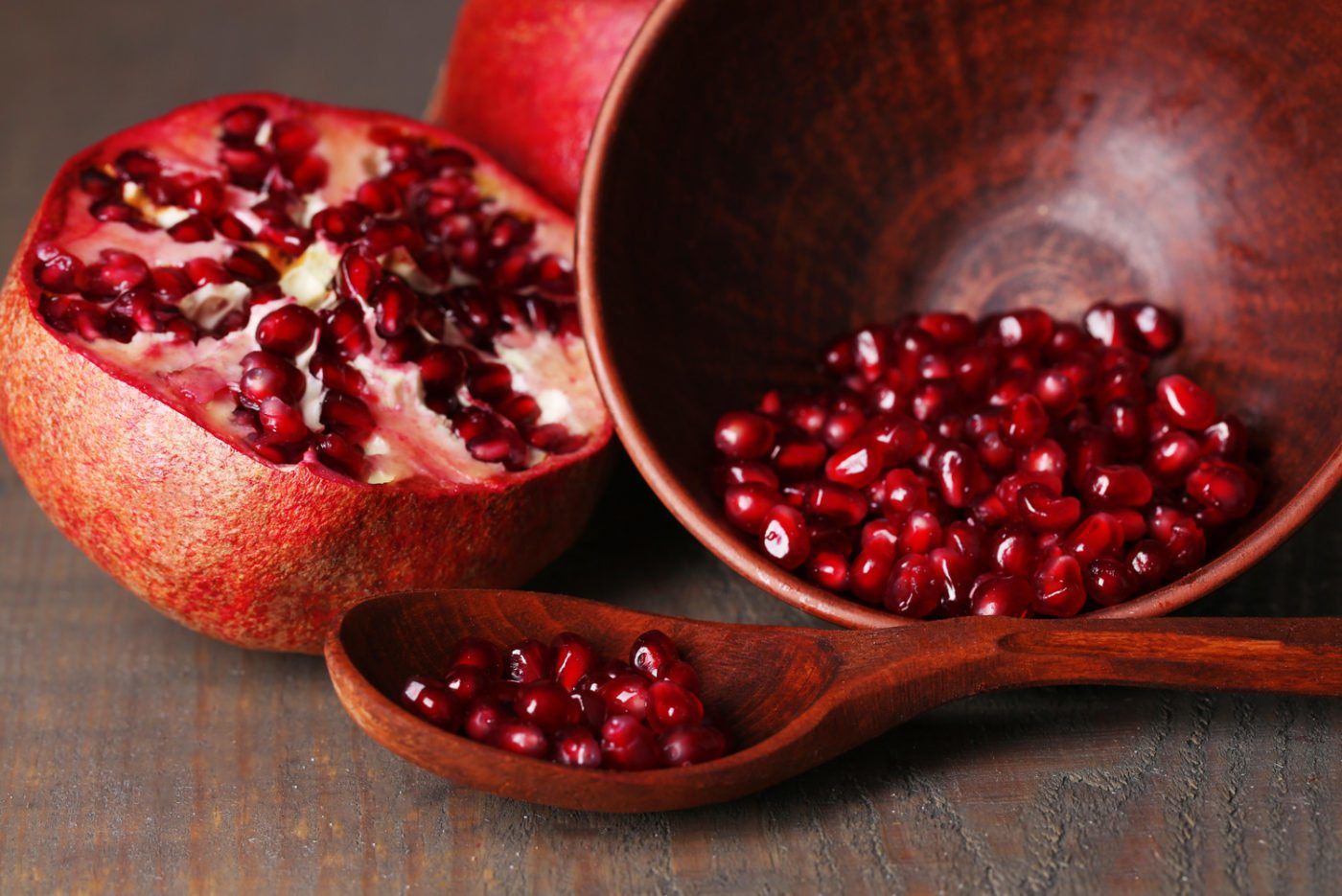Every nation has its national symbols and its own culture. One of the symbols of Armenian culture, the pomegranate, or Nur in Armenian, symbolizes fertility, abundance, and good fortune in Armenian mythology.
Other symbols include celery, wine, apricot, khachkars, duduk, and the Biblical Mount Ararat.
Nur (Pomegranate) – the King of all fruits
The tree of pomegranate, with its sparkling beauty, juicy fruits, and therapeutic properties, is known to the mankind since the ancient times.
Originating on the Armenian Highlands, people found the fruit’s traces in excavations at Neolithic period sites.
Eastern people considered pomegranate to be “the King of all fruits”. It was not only because of its taste or health benefits but also because there is the head of the pomegranate looks like a crown
There is a belief that the royal crown prototype is from the “crown” of the pomegranate.
According to the ancient Greeks, the pomegranate tree grew up out of the blood of Dionysus, who was the god of vegetation, viticulture, and winemaking. For the Phoenicians, it was the symbol of the Tree of Life.
The pomegranate has also been a sign of power because of the “crown” on its head. The big amount of seeds in the thick shell of the fruit symbolized the universe with its planets and stars.
The scientific name for the pomegranate tree is Punica granatum. The first word refers to the long war between Carthage and Rome. There were many pomegranate gardens in the ruined Carthage.
In ancient Armenia, Nur also symbolized eternity. The following legend came to us from the ancestors of Mousses;
“The King organizes a great celebration. In the presence of many court officials and neighbors, her pregnant woman, who was about to give birth, noticed a dark red pomegranate seed on the floor. She took and swallowed it. The king, who was very angry by the wife’s behavior, wounds her by his sword. By miraculously saving the little prince’s life, they see the pomegranate seed on the baby’s lips. “
More about Nur…
The pomegranate is the only fruit to have 365 seeds, one seed for each day of the year. Armenians believe that if you eat one seed a day, you will definitely be healthy and will have a good fortune.
The tree of Nur is a little leafy tree. Sprouts are thin and have thorns. The diameter of the flowers reaches 2-5 cm. The fruit is large, spherical and as mentioned above, the head of the fruit resembles a crown.
The thick fruit shell has about 400 to 800 delicious edible seeds. In large ones, the number of seeds reaches to 1000-1200. Those edible seeds are called arils. They are rich in vitamins, minerals, fibers, and bioactive plant compounds. They contain some sugar as well. Thin, white or yellowish membranes separate the “piles” of the seeds.
Armenian doctor Amasiatsi wrote about the healing properties of bright red flowers. “The wild pomegranate flower has a cleansing effect. The red-colored flower is the best.”
Pomegranate trees do not require a lot of care, but they love the sun and do not grow in very cold places.
During the weddings in Western Armenia, a bride would throw a pomegranate and then break it into pieces. The scattered seeds indicated that the bride would have children.
In Van, Armenian women who wanted a son ate bread made out of dough mixed with pomegranate seeds.
It is so important for Armenians that it was used as an ornament in historical Armenian manuscripts and stone carvings.
Nur has always attracted various Armenian painters and stonemasons. One of the most iconic and popular Armenian art movies is Sergei Parajanov’s famous film named “The Color of Pomegranates”.
In the film, there is a red pomegranate on the table with fresh pulp. It is the embodiment of Armenia’s indestructible soul.
Martiros Saryan, a famous Armenian artist, portrayed this symbol of life in his well-known painting “Under Pomegranate Tree”.
- Under a pomegranate tree. 1907
- Pomegranate tree, Martiros Saryan
Nowadays too, pomegranates are commonly used in Armenian art, culture and also cuisine. If you visit Armenia, you can see various art exhibition featuring pomegranate, souvenir shops are full of ceramic, metal, and textile pomegranates.
If you visit Armenian houses, you will surely find pomegranates on their kitchen tables. It is also very widely used in Persian cooking.
Cutting the fruit may look tricky at first, but it is very simple. After cutting the skin around the fruit, Nur breaks open very easily when pulled apart. Then you can enjoy this delicious and healthy fruit!
Various Usages and Benefits
Pomegranate is one of the healthiest fruits in the world, even mentioned in the Bible.
It is not only a delicious fruit but also contains a wide range of vitamins and minerals, as the pomegranate contains all that is necessary for normal functioning of the organism. Pomegranate juice contains 15 amino acids, meat contains 6 of them. They are indispensable for the body. Pomegranate also contains 4 major vitamins: C, P, B6, B12. It is also rich in iodine, potassium, calcium, iron and so on.
Out of the dried flowers of the Nur tree, people make tea, which is not only healthy but also has a very pleasant taste. The fatty acid sugary juice is a great drink to satisfy the thirst.
People use pomegranate juice together with its dried seeds in a variety of dishes. They make medicinal herbs. Out of the shell and the roots, people make curative beverages. Other than that, it is also a wonderful dye and useful cosmetic purposes. Pomegranate is widely used in winemaking as well.
For the first time, Hippocrates referred to the medicinal properties of pomegranate. He used pomegranate juice to treat gastric diseases and used the shell in the treatment of dysentery and various wounds.
Bertin has used pomegranate juice against hemorrhoids. The juice is also very beneficial for treating throat disorders.
Nur is also used for dehydration, jaundice and irregular heart beats.
Pomegranate juice is very useful for those who work with radioactive isotopes or people who live in radioactive zones. It removes radiation from the body.
If a person has oily skin, which causes acne, it is recommended to use masks made of pomegranate peel.
Pomegranate seeds effectively regulate blood pressure. They also contain oils that restore the hormonal balance of the organism.
Advantages of Eating Nur
- Pomegranate has rejuvenation properties. It contains a large number of antioxidants that prevent early aging of the body.
- Pomegranate seeds contain oils which restore the body’s hormonal balance. Therefore, it is a good idea to eat pomegranate seeds during painful menstruation, headaches, and climax.
- Nur increases the immunity. Pomegranate and pomegranate juice contain a large amount of vitamin C that increases immunity and is particularly useful in winter and spring.
- Pomegranate is one of those unique fruits which is not only healthy to eat but is also beneficial for patients with diabetes. Drink about 60 drops of pomegranate juice before meal four times a day. The level of sugar in the blood will be substantially lower already on the third day.
- For hypertensive patients, pomegranate seeds are very good since they lower blood pressure very “softly”, without leaving any side effects on the body.
- People also add the dried membranes of the fruit to the tea, which calms the nervous system, relieves anxiety, and regulates night sleep.
- Slightly roasted pomegranate shell mixed with olive oil is a great remedy for skin dryness. The dried peel powder can also effectively heal burns, cracks, and scratches.
- Pomegranate juice not only protects the liver but also helps to restore it if it has been damaged for some reason.
- Pomegranate is also famous for its low calories. Similiar to apples, depending on the type of the fruit, 100 g of pomegranate contains only about 50-80 calories.





















Leave a Comment